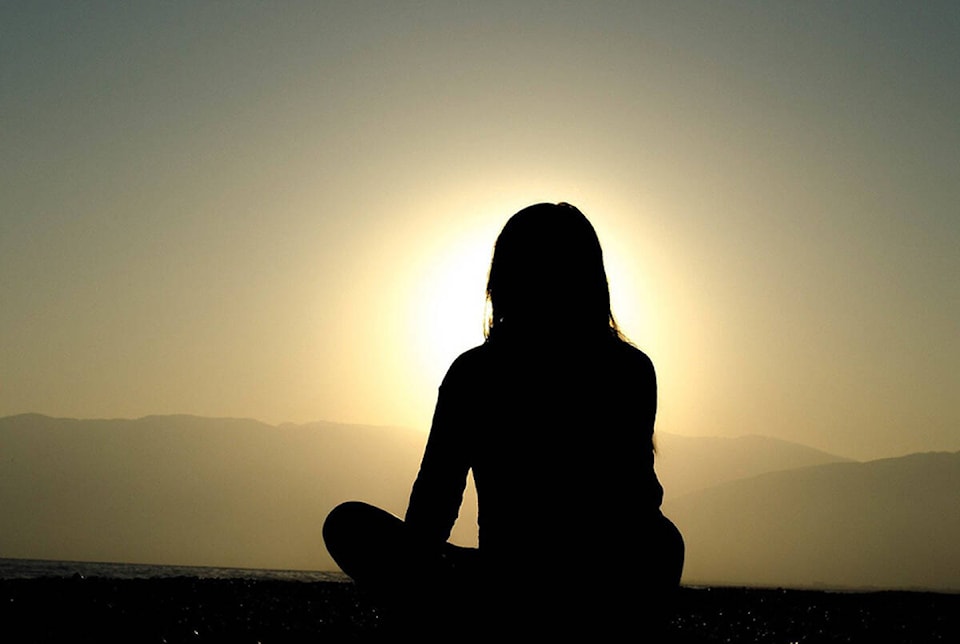Let’s celebrate the sun.
After all, it’s our greatest source of life, energy, light, warmth and purification. This may be an unusual topic in winter for those of us facing the North Pole axis which slants furthest away from the sun now in it’s revolutionary orbit. Brrr!
Humans are the only living organism to utilize fire; the closest element to the sun on earth. From burning wood for warmth, cooking and light. To burning oolichans, then whale blubber, and more recently fossil fuels like coal, oil and gas – the densest earthly energy sources. So dense that burning it releases lots of CO2 which we now realize has polluted our precious atmosphere.
The air we breathe, our weather, and thus the once stable climates are messed up and getting worse as we keep burning these fossil fuels. Thankfully there’s only a limited supply of fossil fuels buried within the earth that took eons to produce. And thankfully our ingenious human brains, which allowed us to utilize these fuels, can hopefully find solutions to the mess we’re in.
So I diverged from the sun celebration topic. The Winter Solstice, on Dec. 21 in the northern hemisphere, is the day of the shortest time between the sun rising and the sun setting (in the southern hemisphere it’s the Summer Solstice in December). Northern European Pagans knew that the days would start getting lighter and longer and the nights would become shorter. They celebrated with a mid-winter Yule festival to the sun winning over the darkness of winter.
At this time animals, which had been kept for food, were also often killed to save having to feed them through the winter. And drinks, which had been brewing since the autumn harvest, would also be ready to consume. So it was a good time to have a celebration with things to eat and drink before the rest of the winter happened.
In Iranian/Persian culture, the winter solstice is known as Yalda Night or Shab-e Chelleh – a time when families and friends come together to eat, drink and recite poetry. Shab-e Chelleh means ‘night of 40’ as it happens 40 nights into winter.
The Roman Festival of Saturnalia took place between Dec. 17-23 honouring the Roman god Saturn. They believed that the Solstice, called Sol Invictus (meaning birthday of the unconquered sun), took place on Dec. 25.
Christmas is coming and Christians believe that Jesus is the light of the world and the Son of God. We don’t know Jesus’ birth date. So the early Christians thought that this was the right time to celebrate his birth. They also took over some of the Winter Solstice customs and gave them Christian meanings.
The Jewish Festival of Lights – Hanukkah – starts on the eve of the Kislev 25 (Kislev is the Jewish calendar’s month about December). Jesus was a Jew, so this could be another reason that helped the early Church choose Dec. 25 for the date of Christmas. Because of these dates, some people say that the Christians took over Dec. 25 from the Roman, Jewish and/or Yule solstice celebrations. However, the ancient records are sketchy (from whyChristmas.com).
Maybe our Vernon Winter Carnival could someday celebrate the sun in February when winter’s chill is on its way out and we turn towards the sun’s life-giving light and warmth.
Happy sun celebration whenever and however you decide to celebrate. Cheers!
Roseanne Van Ee enthusiastically shares her knowledge of the outdoors to help readers experience and enjoy nature. Follow her on Facebook.
Like us on and follow us on .
Want to support local journalism? Make a donation



